For more than 100 years Japanese manufacturers have given us adrenaline-inducing elegant cars like the Nissan Skyline R32 and the Toyota Supra. Although Japanese carmakers have a reputation for building stylish, reliable, and affordable performance cars, there are some models we wouldn’t touch with a 10-foot pole. It is common knowledge that sports cars from Japan are typically cheaper than those from Europe, but that doesn’t mean they are inferior. Most times, they outperform similarly priced sports cars from Europe.
But despite the impressive reliability ratings Japanese cars come with, from time to time, a lemon or two still manages to roll off the production line. Some are plagued by poor handling while others are so underpowered that no self-respecting gearhead would be caught dead in them. Such cars are best avoided since they offer little more than despair and frustration to their owners. With this in mind, here are 10 Japanese sports cars we stay away from.
10 Datsun 280ZX

When the Datsun 240Z was introduced for 1970, it was relatively low priced and sufficiently powered and everyone loved the sleek styling and impressive performance. Then came the 280ZX, the successor, for 1979, and everything fell apart. Completely redesigned, the 280ZX was much heavier and had a softer suspension, more luxury equipment, and more comfortable seats. It went from being an entertaining sports car to a plush GT car.
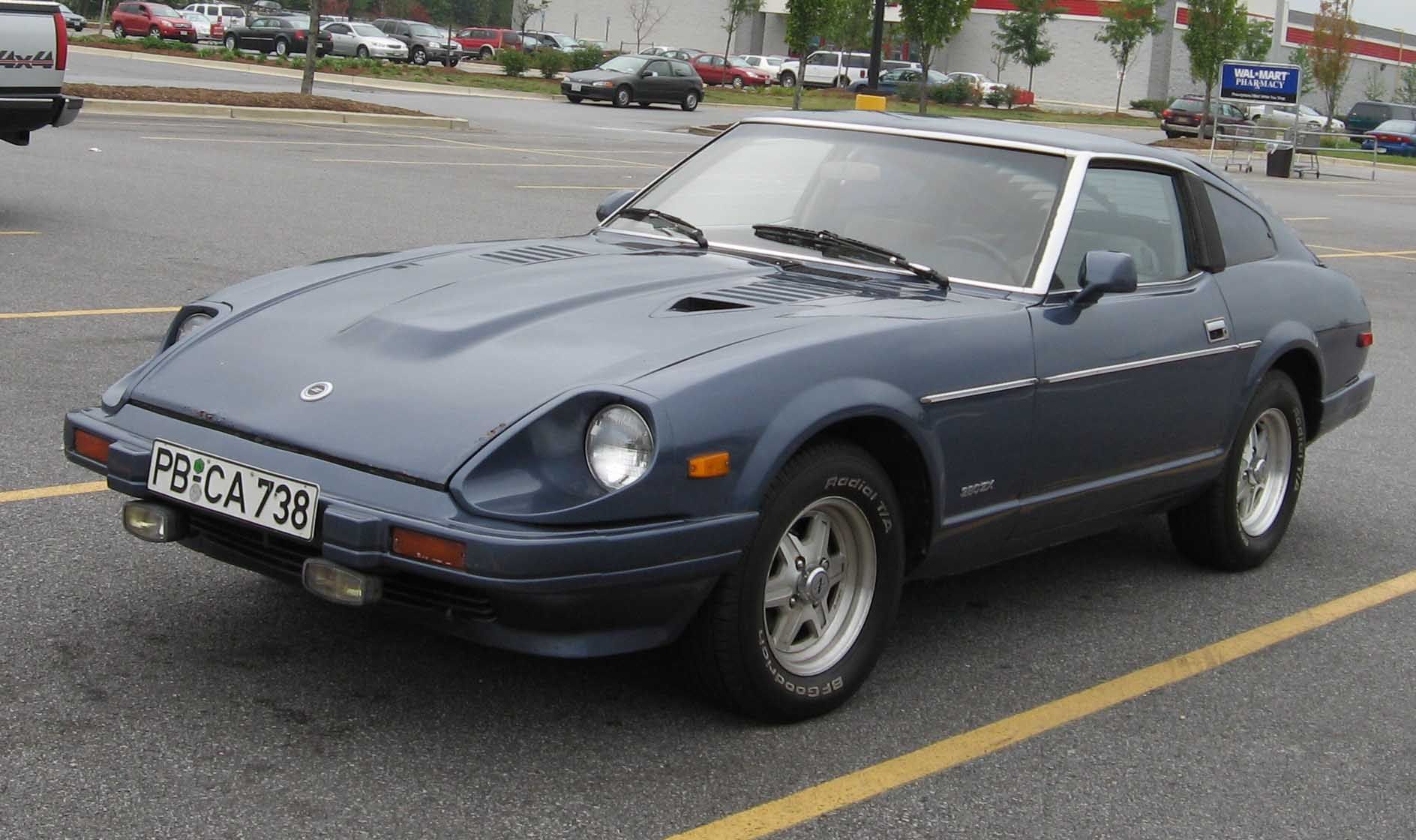
And it was slower too, thanks to the increase in weight and loss of power to emission controls. Losing its driving fun, it lost its appeal as a sports car – a situation that was somewhat remedied with the release of a turbo version in 1981.
9 Subaru XT
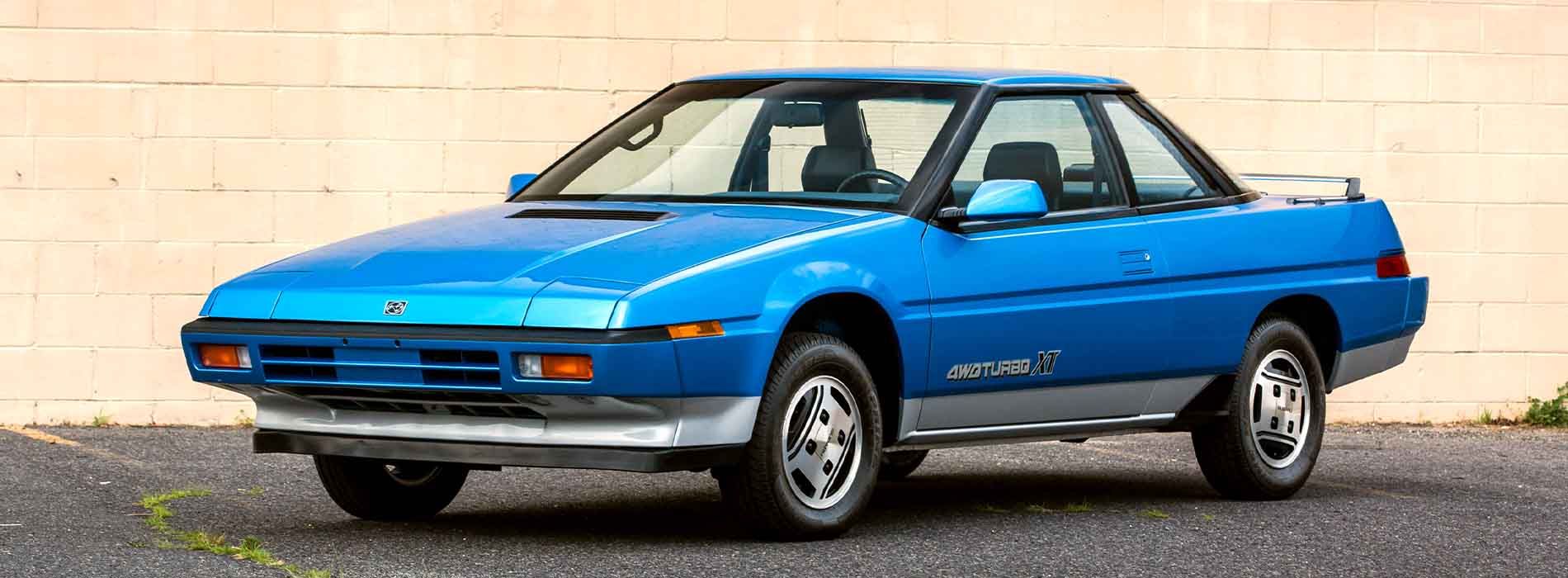
The Subaru XT, marketed as the Subaru Alcyone in Japan, was a 2-door coupe launched in 1985 and produced until 1991. With the dramatic and extreme wedge-shaped design, the incredible drag coefficient of 0.29, and aircraft-inspired cockpit, the XT certainly looked the part of a serious sports car.
.jpg)
Unfortunately, that was where the magic ended. These were either front- or all-wheel-drive cars, when most sports car purists prefer rear drive. Under the hood, a 1.8-liter H-4 engine cranked out 97 hp and 103 lb-ft of torque. Even the addition of a turbocharger could only raise the output to 112 hp, shameful specs for a sports car. A six-cylinder version, the XT6, replaced the turbo for 1988, but even that more powerful engine couldn’t make the XT an entertaining sports car.
8 Mazda RX-8

After a successful run with the RX-7, Mazda unveiled its successor, the RX-8, for the 2003 model year, at the North American International Auto Show. Sadly though, this sports car proved to be a bad replacement for the now legendary RX-7 as fans were let down by its unreliable engine.
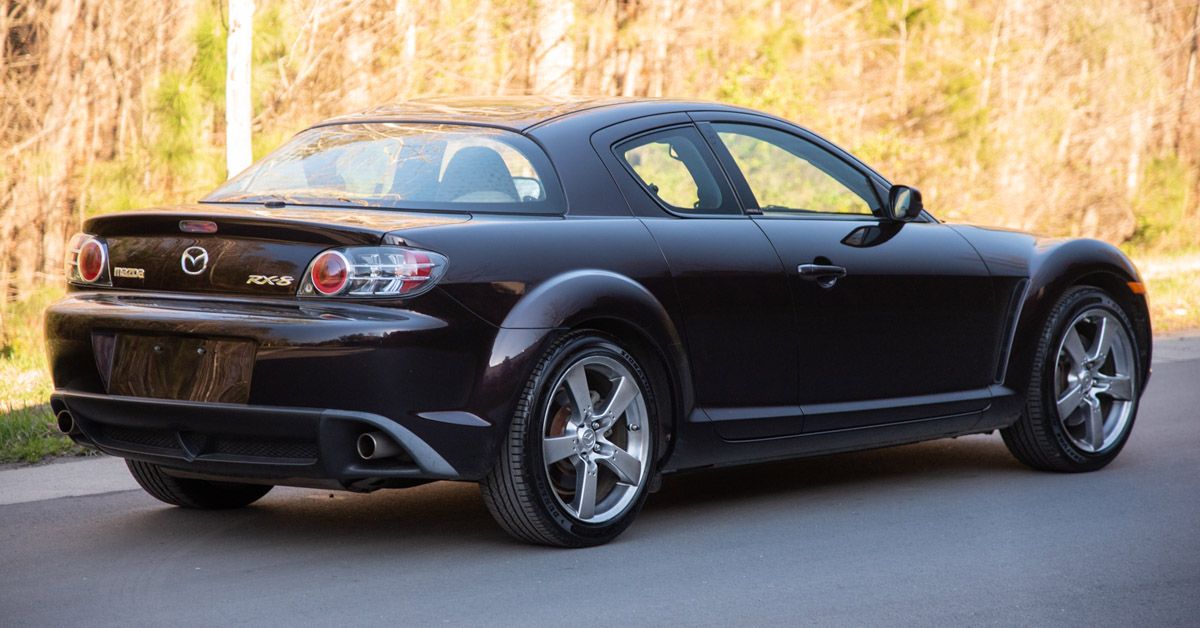
The 1.3-liter rotary engine had an appetite for oil and was prone to costly rebuilds due to failure of the apex seals arising from either poor maintenance or long miles. Furthermore, the car is unreliable as issues with the power steering, faulty starter motor, and failure of the catalytic converter are some other reasons why we wouldn’t go near the RX-8.
7 Toyota Celica T230
.jpg)
Launched in 1970, with styling influenced by America’s pony cars, the Celica was an immediate success that hit the one-millionth car produced landmark just 7 years later. For six generations, it evolved and built a solid reputation which was eventually sullied by the seventh generation (T230), thanks to an underpowered engine.

It was offered in one body style with the base 1.8-liter engine producing only 140 hp and 125 lb-ft of torque. The higher performance GT-S trim offered more power from it’s higher-output 1.8-liter four making 180 hp and 133 lb-ft of torque, but you had to rev it well past 6,000 rpm to awaken it.
6 Lexus SC430

The Lexus SC, introduced in 1991, had an incredible first generation, offered in two models that were refined, beautifully styled, and great to zoom around in. When the SC430 arrived as Lexus’s first convertible in 2001, it boasted more luxury features and a horribly-designed exterior.

It also had a soft suspension and vague steering, which made it more of a boulevard cruiser than a performance-oriented car. Despite motivation from a 288 hp 4.3-liter V8 engine, the second-generation Lexus SC still needed more than 6 seconds to go from zero to 60 mph.
5 Nissan 200SX SE-R

The 200SX SE-R was preceded by the Sentra SE-R, an awesome 2400-pound car that received rave reviews for its spirited performance. Fans, who had eagerly awaited the new SE-R’s arrival, were disappointed by its blandness. A torsion beam replaced the Macpherson strut independent suspension and the whole system was softened for increased compliance.

While it used the same 140 hp I-4 engine as the Sentra SE-R, it was slower due to the extra weight it carried. It needed 8.7 seconds to move from 0-60 mph and 16.1 seconds to clear the quarter-mile.
4 Mitsubishi Eclipse
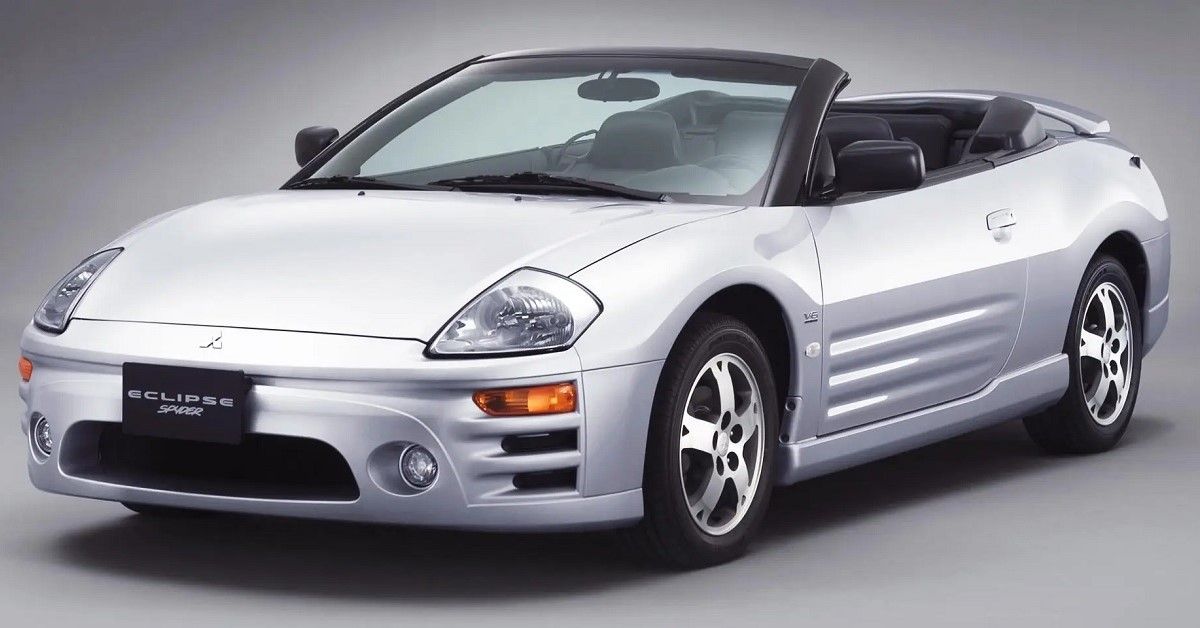
Although the Mitsubishi Eclipse made the scene as a decent liftback coupe, it wasn’t long before the first and second-generation GSX versions were recalled over faulty transfer cases. However, it is the final generation, with its lineup of complaints/recalls, that earns it a spot on this list.

Apart from a 2015 recall over corrosion of the ABS hydraulic unit, it has also been recalled over faulty brake booster assemblies, and improperly installed seals in the master cylinder. Other issues like potential transmission failure, engine fire, and rust all combined to give the Eclipse a problem-ridden farewell.
3 Nissan 350Z
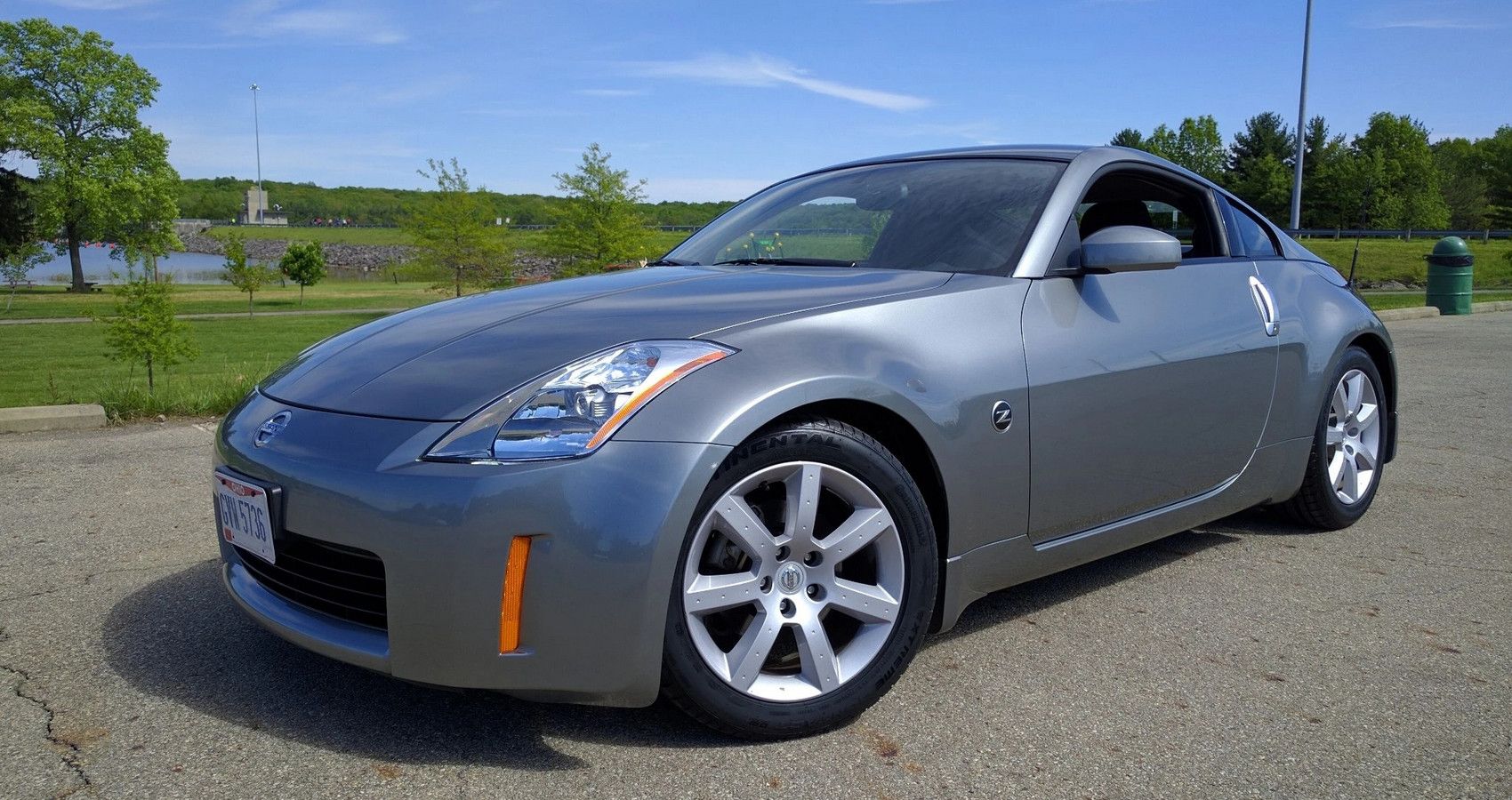
The Nissan 350Z debuted for 2003 with solid credentials as a sports car. Apart from the head-turning good looks, it has excellent road grip, is fun to drive, and has a great power to weight ratio.

But before you sign any check, you also need to know that in addition to the beauty and the exhilarating drive, the 350Z is not the safest car around. For example, between the 2005 and 2008 model years, for every one million Nissan 350Zs registered, the IIHS recorded an astonishing 143 deaths. To add to that there were 90 driver deaths in single-vehicle crashes for every one million models registered.
2 Toyota Sera
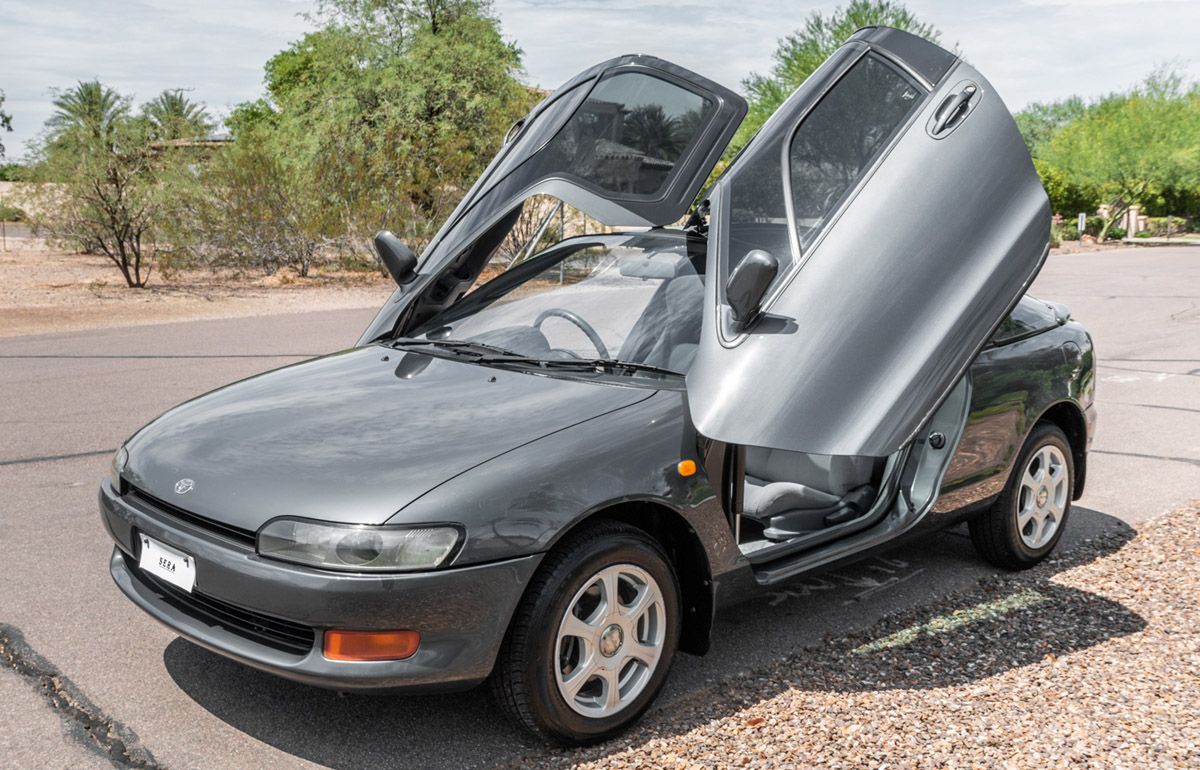
The Toyota Sera is a 3-door hatchback that features a distinctive glass canopy, a pair of cool butterfly doors, and one of the industry’s first use of projector headlights. Nevertheless, underneath the cool exterior, it housed an underpowered engine that could only produce 105 hp and 97 lb-ft of torque when pushed hard.
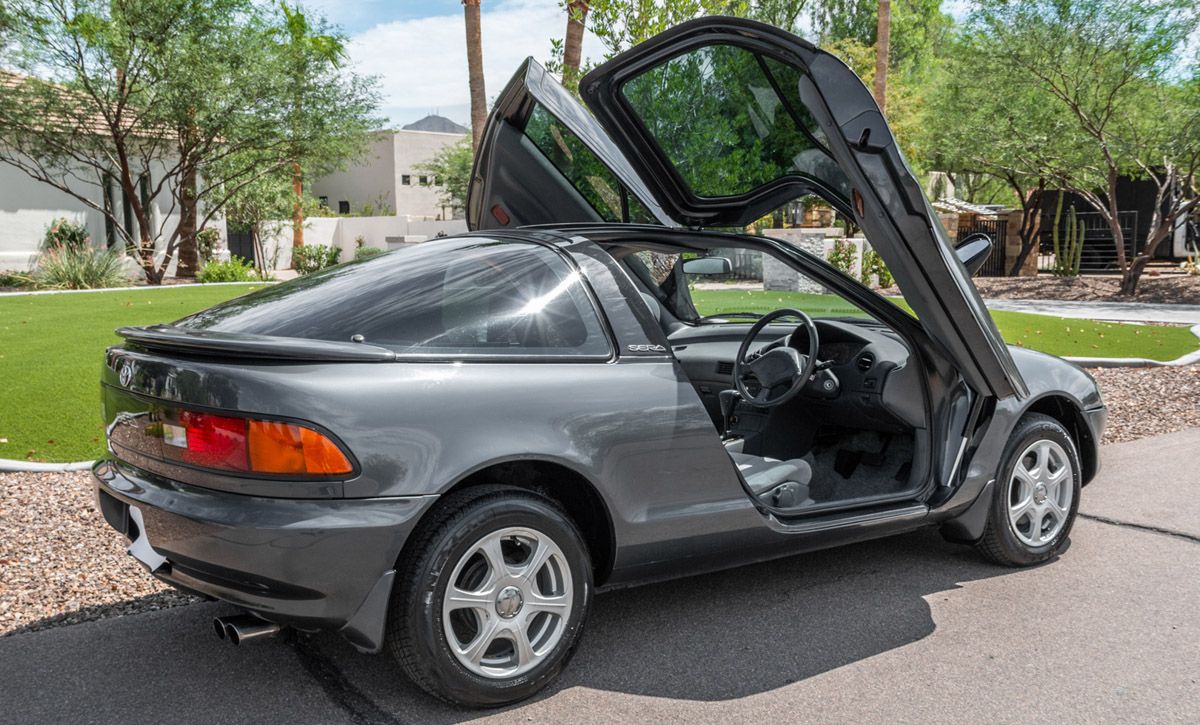
Apart from being frustratingly slow, it delivered a bumpy ride quality, felt floaty around corners, and delivered uninspiring driving dynamics. Although we may never know why it was built, at least we can agree that the Sera is one of the worst cars ever built by Toyota.
1 Honda Civic Del Sol
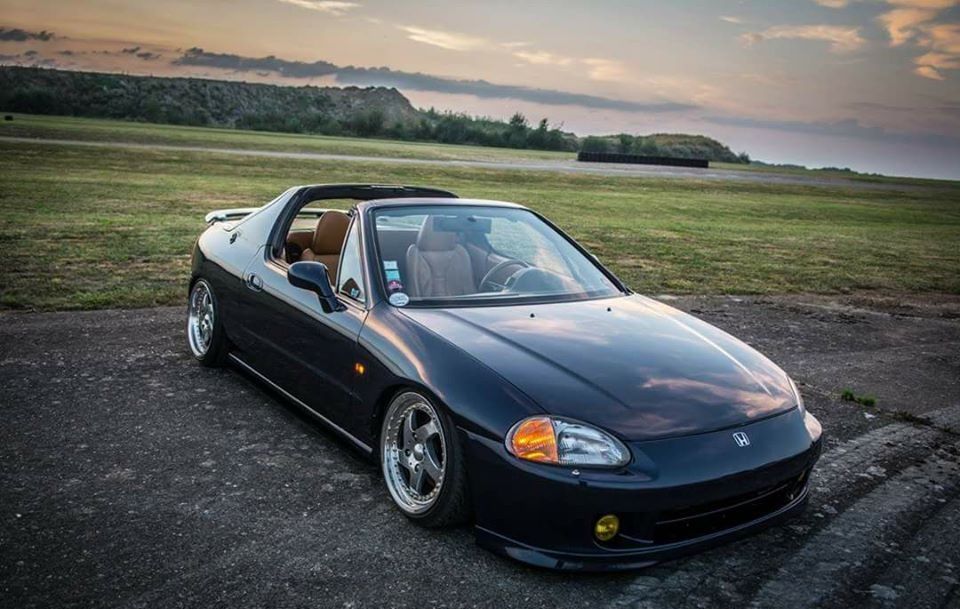
The Honda Civic Del Sol was introduced in 1992 as a replacement for the iconic Honda CR-X and a direct competitor to the ever-evolving Mazda Miata. Understandably, those were some big shoes to fill, but unfortunately, it fell so far from expectations that it nearly killed the CR-X’s legacy.

Top on its list of build quality woes was the leaking/noisy targa roof, faulty auxiliary lighting, and bad engine mounts that caused vibrations. Honda tried, albeit unsuccessfully, to redeem the Del Sol’s image by offering a 160 hp engine in 1994 and dropping “Civic” from the name in 1995.
Read Next
About The Author
